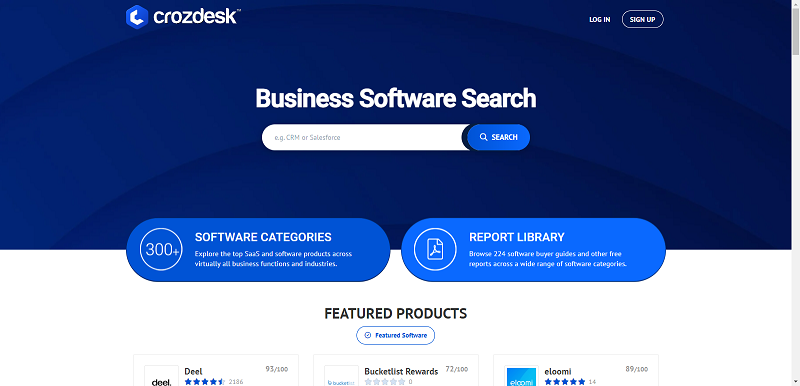The IoT and wearables are on the verge of completely changing how brands interact with customers. Here’s how this tech will boost the customer experience.
There’s no denying that outside the cloud, the Internet of Things and wearables are the most disruptive and revolutionary tech advances available. In fact, they’re already influencing the banking and healthcare service industries, as well as driving the customer experience of the future. Additionally, Ericsson found that 74% of people believe multiple wearables and sensors will help them interact with other devices and physical things around them in the near future.
But how can marketers make the most of these two technologies?
For starters, marketers could use these technologies to collect feedback and gather research on their customers. For example, they could monitor the daily habits of their customers and send a discount on light bulbs directly to the customer’s mobile device whenever a light bulb is about to run out.
With the advent of beacons and sensors, a retailer or restaurant could send existing customers a notification offering them a coupon or happy hour special whenever they’re in proximity to their storefront, based on previous purchases. For Instance, if they stop in at a Mexican restaurant every Thursday night, then that restaurant could send the customers push notifications reminding them that there’s $5 margaritas every Thursday.
Very similar to the first point, IoT offers the convenience of automatically replenishing your most commonly used items. If you’ve purchased any Amazon Dash buttons, then you’re already familiar with this technology. Just push a button and Amazon will automatically ship you laundry detergent, toilet paper, toothpaste, cat food or whatever else you frequently use.
Besides Amazon, companies like Quirky and GE have developed products like Egg Minder. This smart egg tray will let you know how fresh your eggs are so you can more easily decide whether or not you have to purchase another dozen or so next time you go to the store. Don’t be surprised if, in time, this technology goes a step further. Not only will you be notified if your eggs are about to expire, but the IoT will automatically add eggs to the grocery list on your smartphone memo or will automatically order them for you.
Marketers can also build better brand experiences using the IoT and wearables. One example of a brand currently doing this is Disney and its RFID-enabled wristbands. These “simple, stylish rubber wristbands offered in cheery shades of grey, blue, green, pink, yellow, orange and red” contain “an RFID chip and a radio like those in a 2.4-GHz cordless phone.” This allows Disney employees to receive signals on their modified iPhones when your family is on the way to a restaurant, for example. They can also place your food order in advance so that when your family arrives, you’re greeted by name and your food magically appears.
Most impressively, the MagicBand eliminates the need for you to carry cash because it’s linked to your credit card and can be used for picking up your luggage, renting a car and checking into your hotel room. While it may seem a little Big Brothery, these bands provide real-time data to Disney so the company can anticipate your needs.
Another company using this technology to improve the brand experience is PG&E with its smart grid technology. With the SmartMeter-enabled tools, you can view your energy usage and receive energy alerts when your electricity usage is moving closer to a higher-cost tier. This tech will also automate your home energy use so you can control devices remotely, automate your budget and get real-time outage updates.
We’re already seeing this in action, and I’ve already alluded to it, but brands are using this tech for active advertising, retention and loyalty. For Instance, Pernod Ricard is using IoT to bring the product experience and consumer together by allowing customers to scan QR codes for recipe and cocktail ideas.
“Someone scanning the bottle is not the end of the journey. It brings the product, experience and consumer all together,” said Pernod Ricard UK’s outgoing managing director, Denis O’Flynn, in Marketing Week. “We do see [the technology use] becoming broader, where we can incorporate messaging about the product, health guidelines, how to mix and serve it – all that information will be required in future and will be done through some sort of smart technology.”
Eventually, brands will be able to deliver 24/7 engagement and hyper-contextual decision-making. For example, if you wake up in the middle of the night craving a snack and your fitness monitor is aware that you’re watching your sugar intake, it will direct you to the fruits and veggies in your fridge — and it will also add those items to your grocery list.
The IoT and wearables will play a major role in the customer experience in the very near future. However, there are some challenges to be aware of. Most prominently, a majority of businesses have not yet implemented IoT products. Additionally, there are major security risks lurking behind wearable adoption.
But if you start educating yourself on both the benefits and risks of the IoT and wearables, you’ll soon be able to start implementing them into your business.
By Loren Baker





